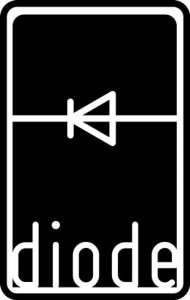Virginia Quarterly Review – Spring 2008
The fiction in this issue of the VQR offers “Superhero Stories.” But none of the protagonists of the short fiction that opens the magazine – a discharged sailor who suffered psychic and physical wounds in the 1946 Bikini Atoll atomic bomb test; a masked vigilante who comes across as “a slurring crackpot taking a momentary break from a barbiturate triathlon” in his only public appearance; and a homebody in boxer shorts who commandeers the voices of televangelists – are paragons of virtue. Instead, Scott Snyder, Tom Bissell, and George Singleton give us blackly comic portraits of the flawed and fallen. These are men forged and broken in violence, antiheroes for our own times. Continue reading “Virginia Quarterly Review – Spring 2008”

